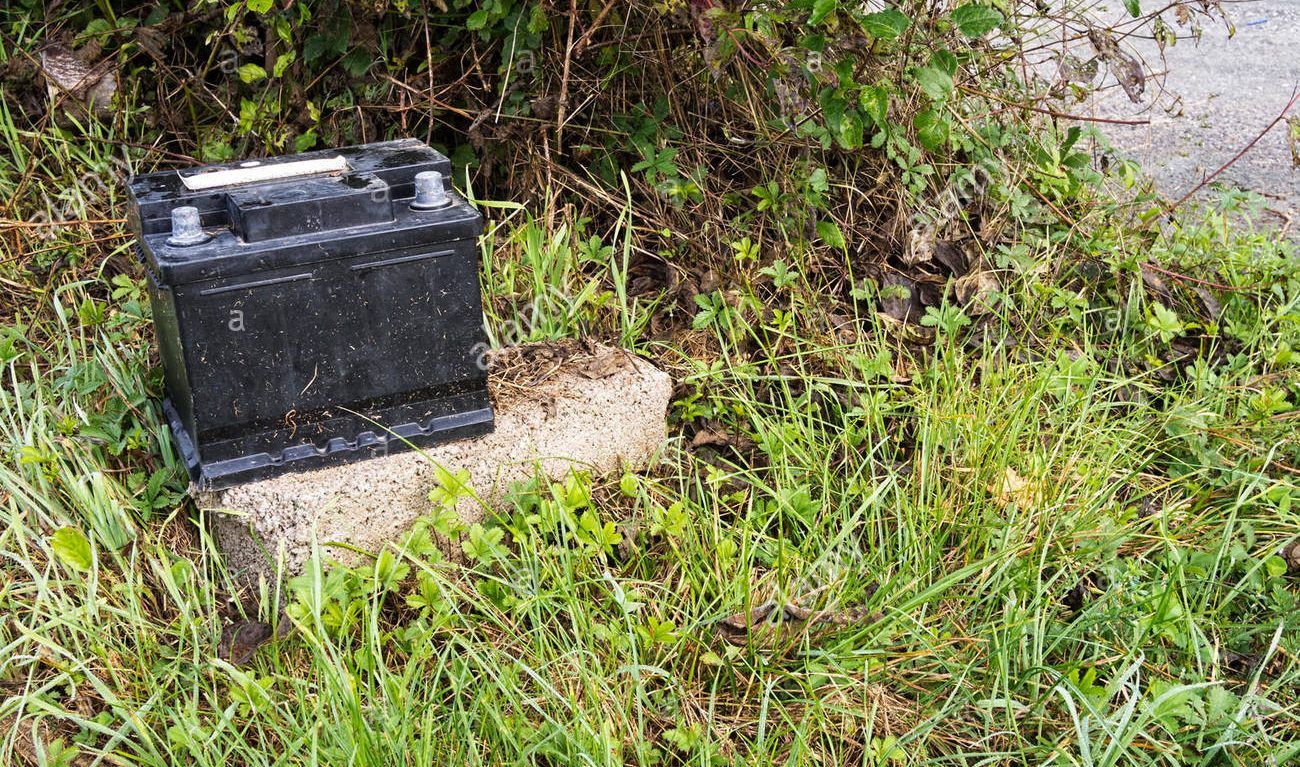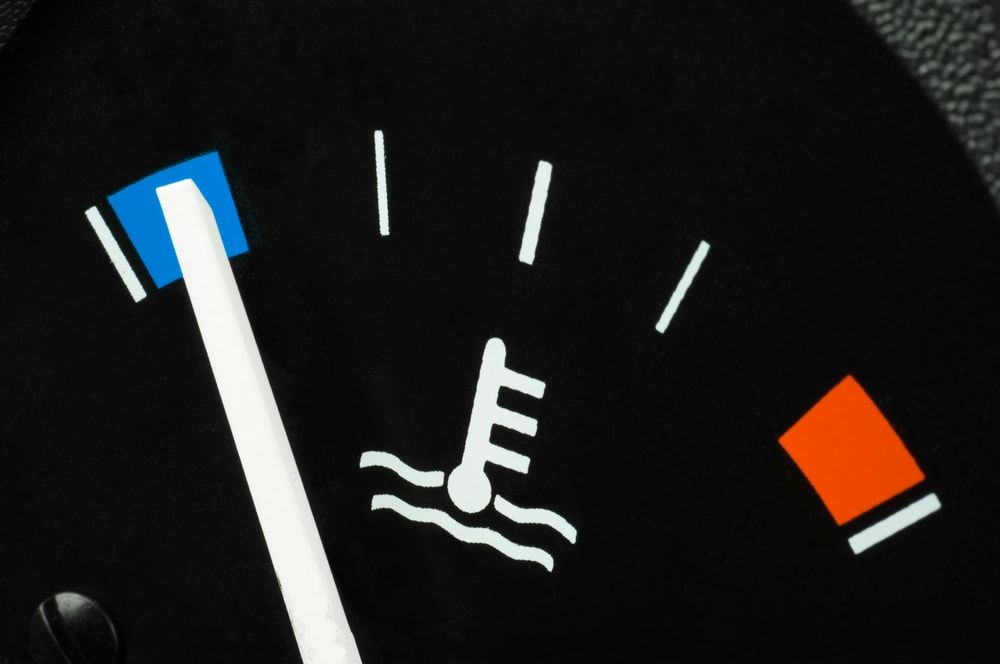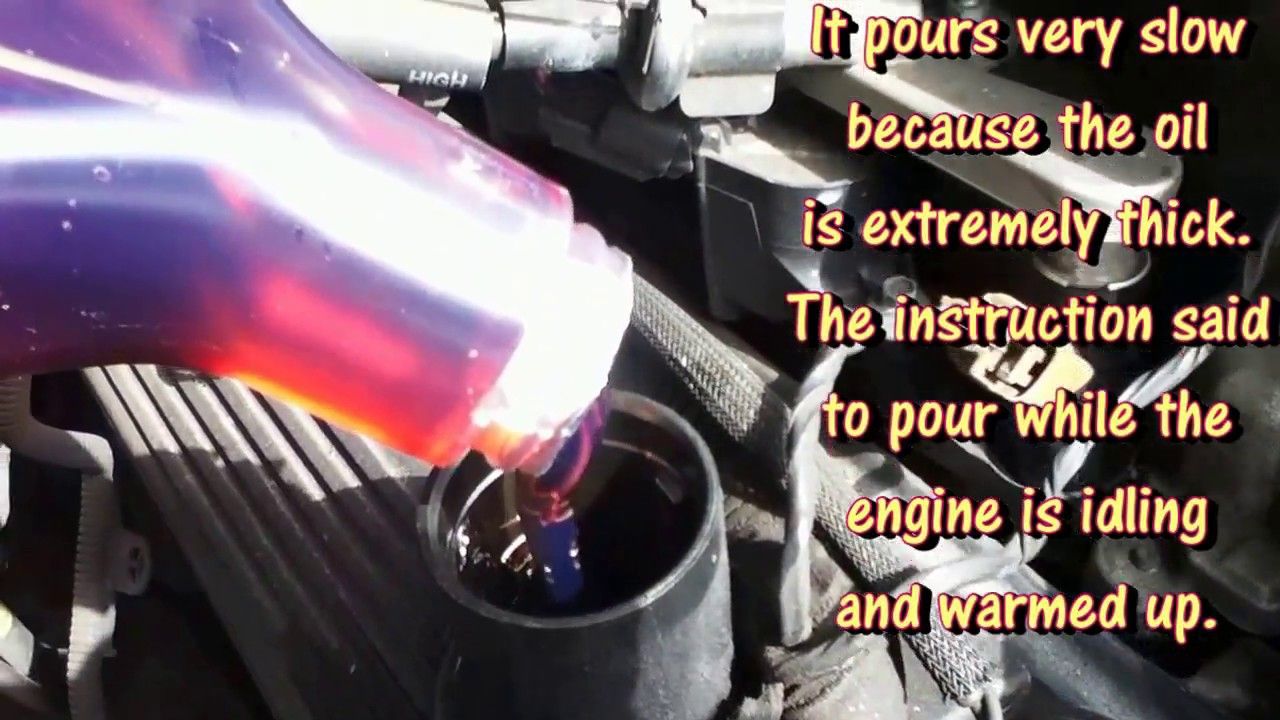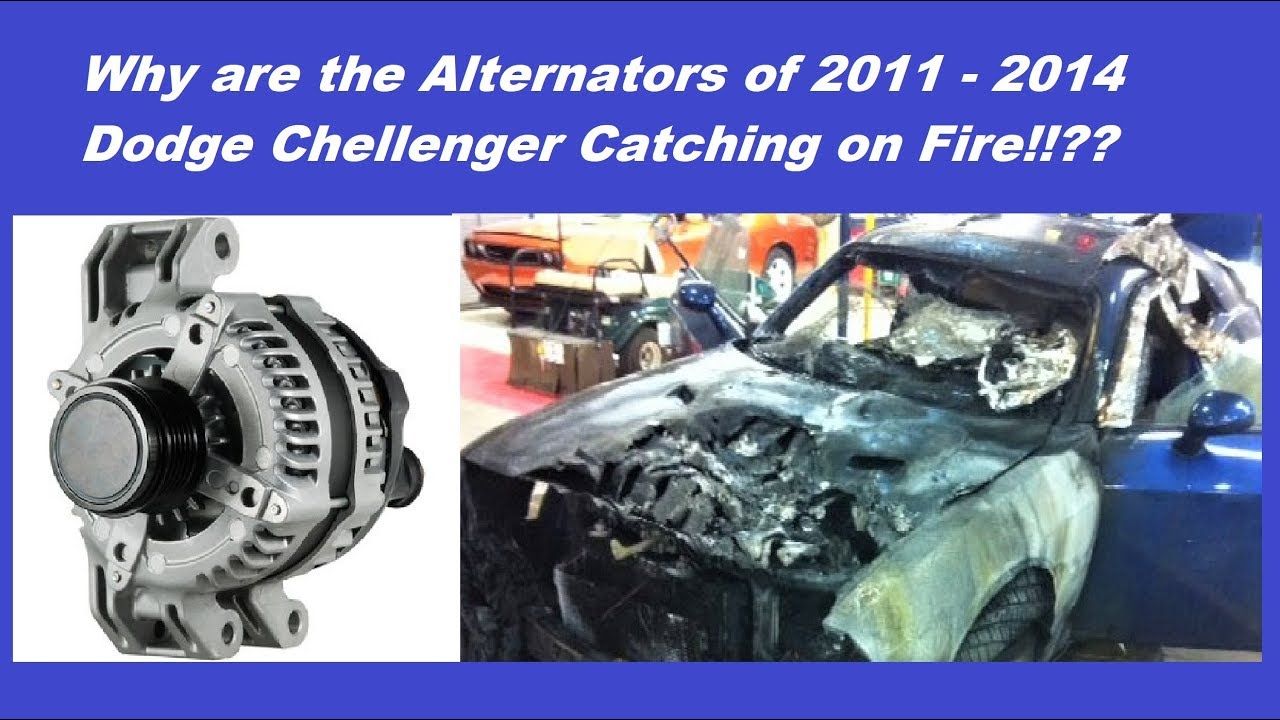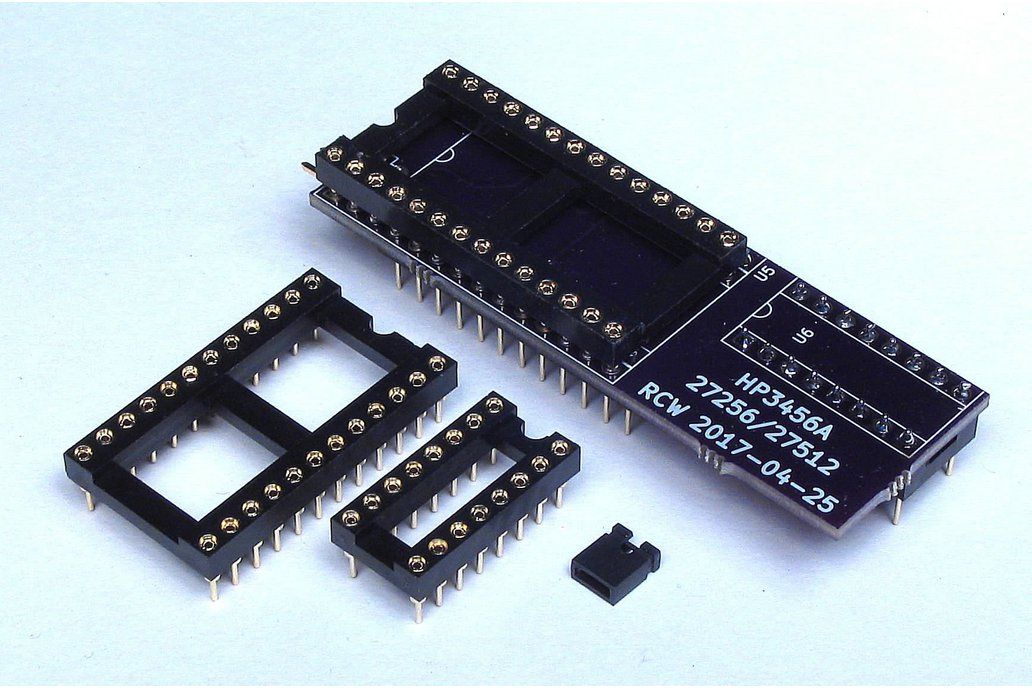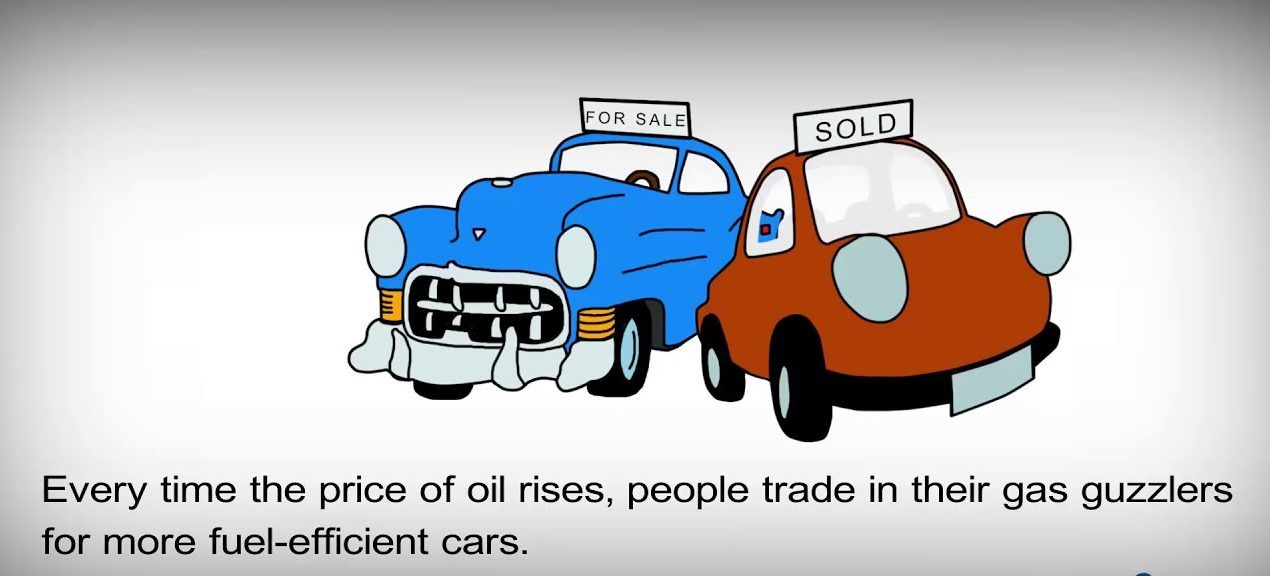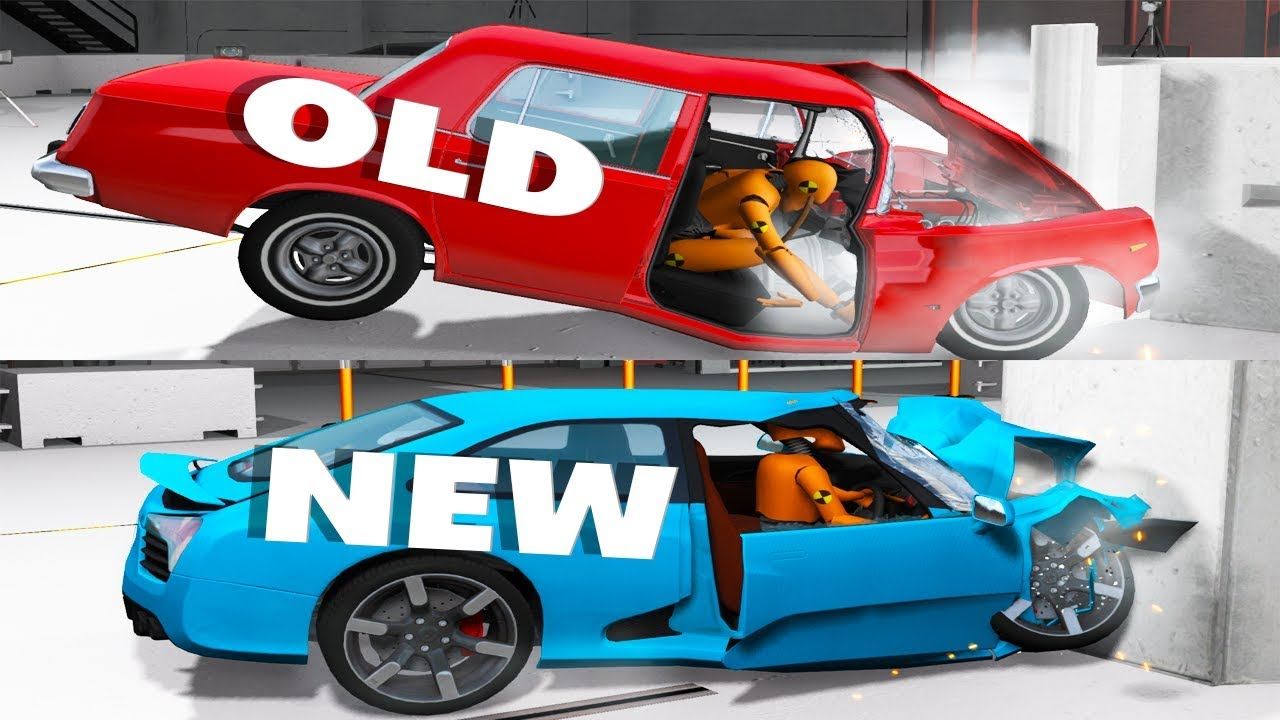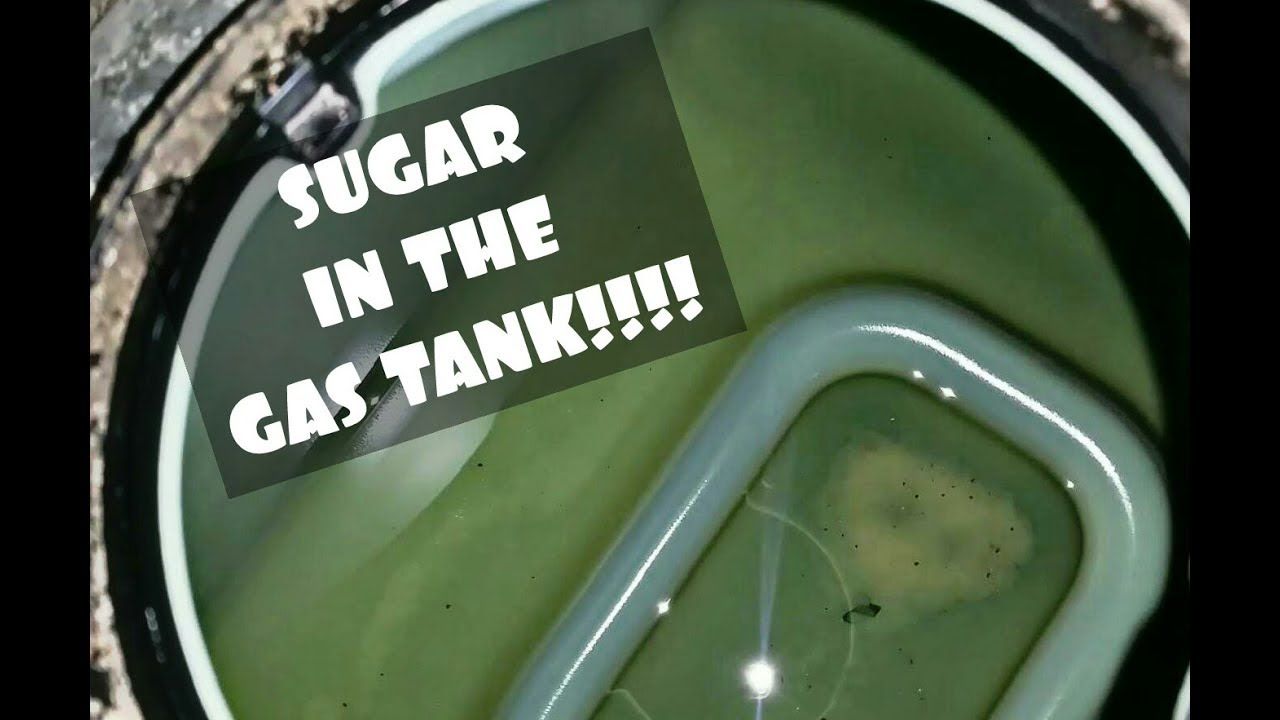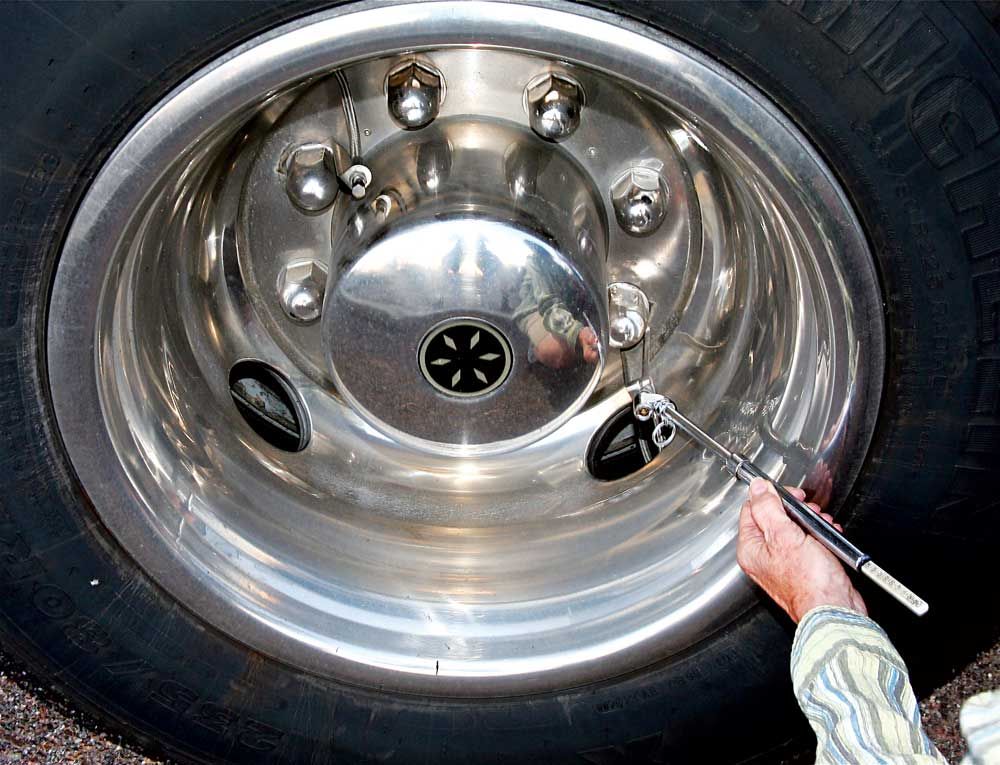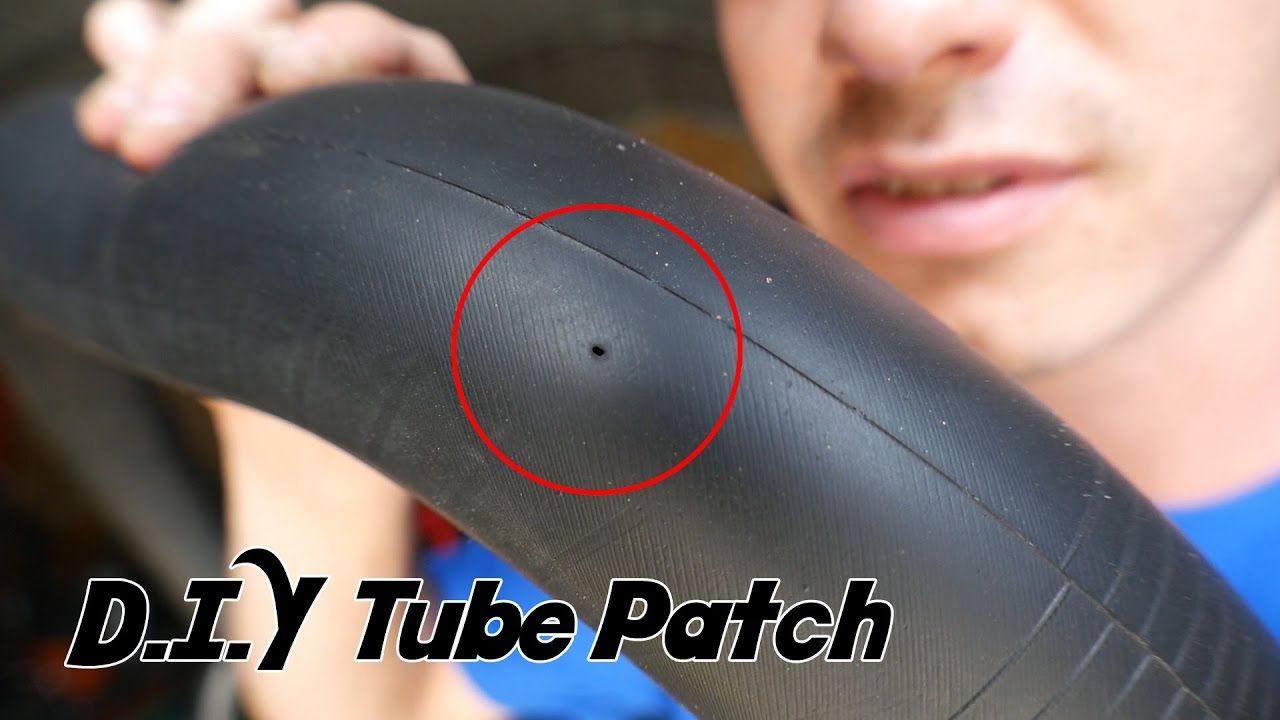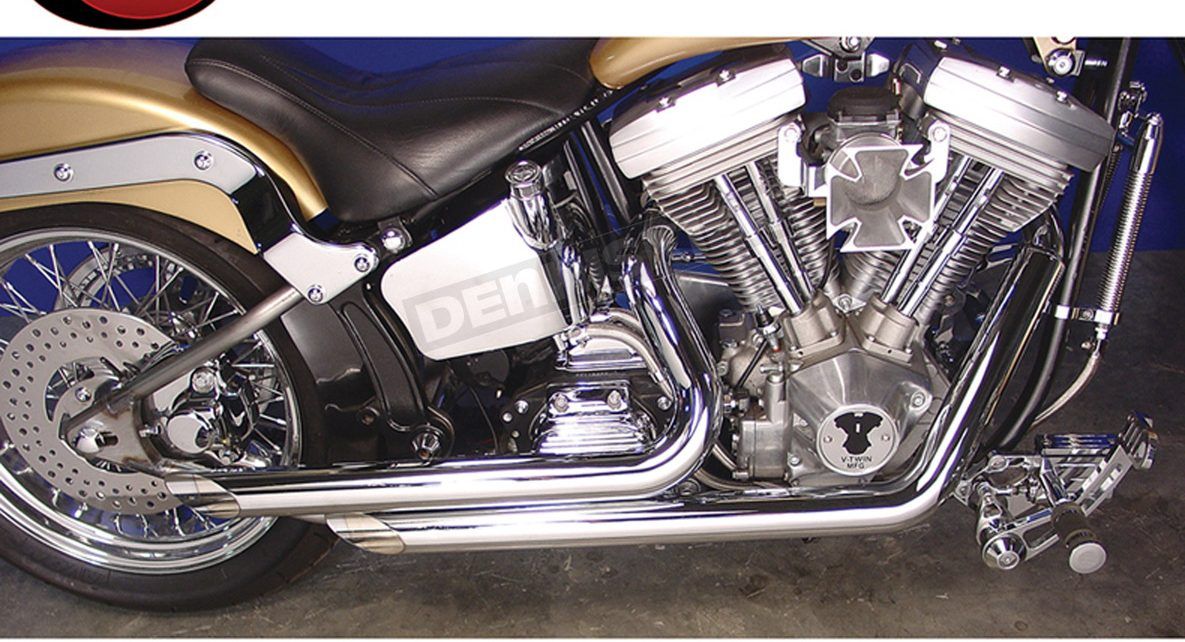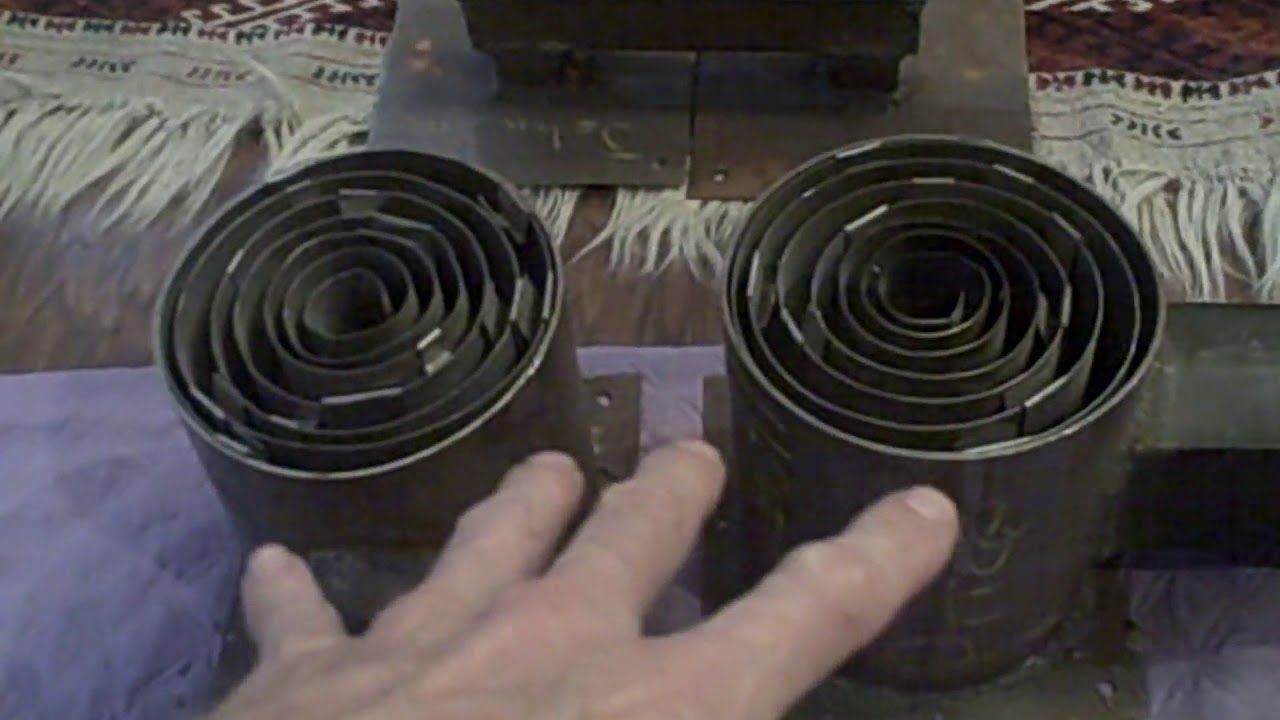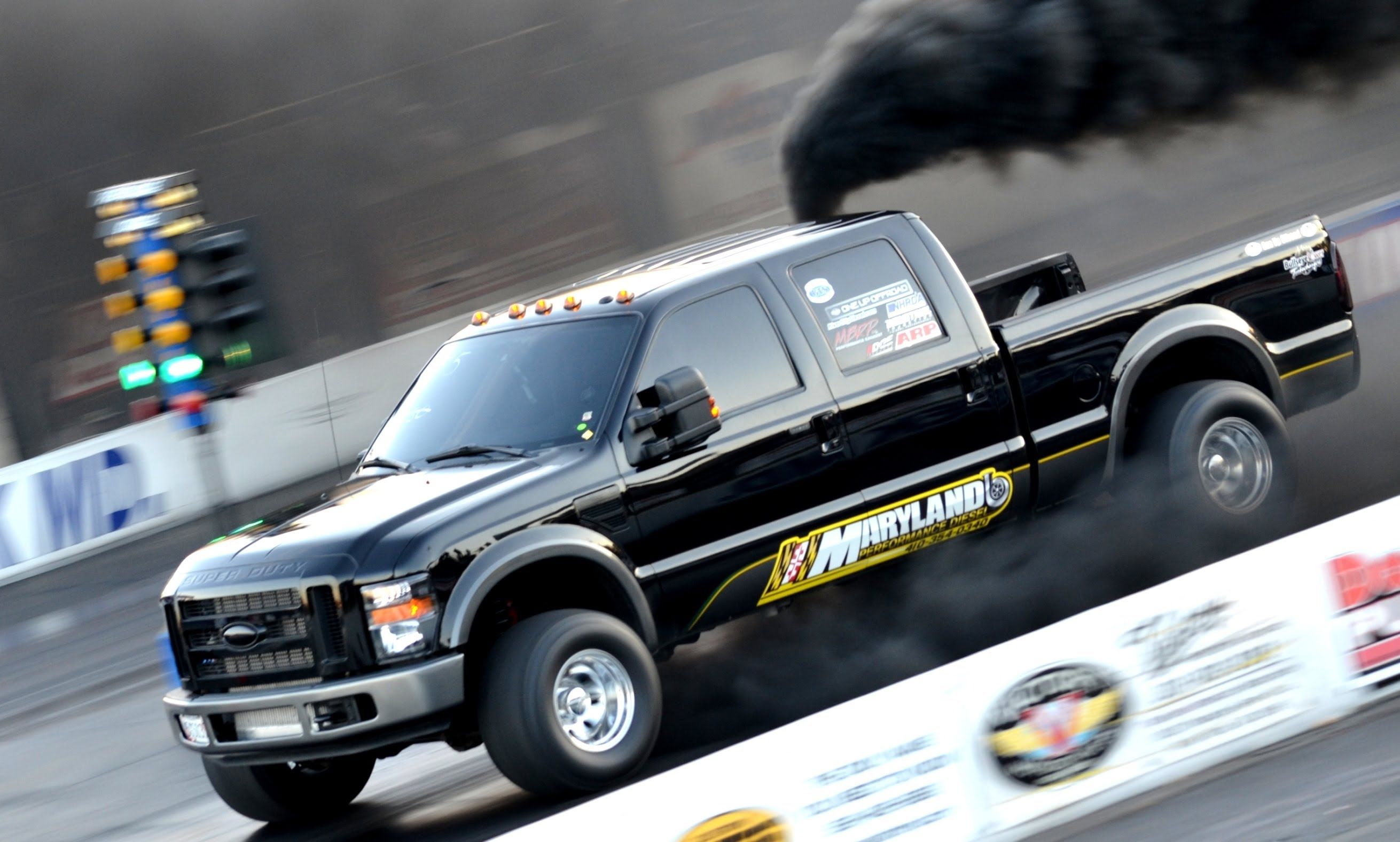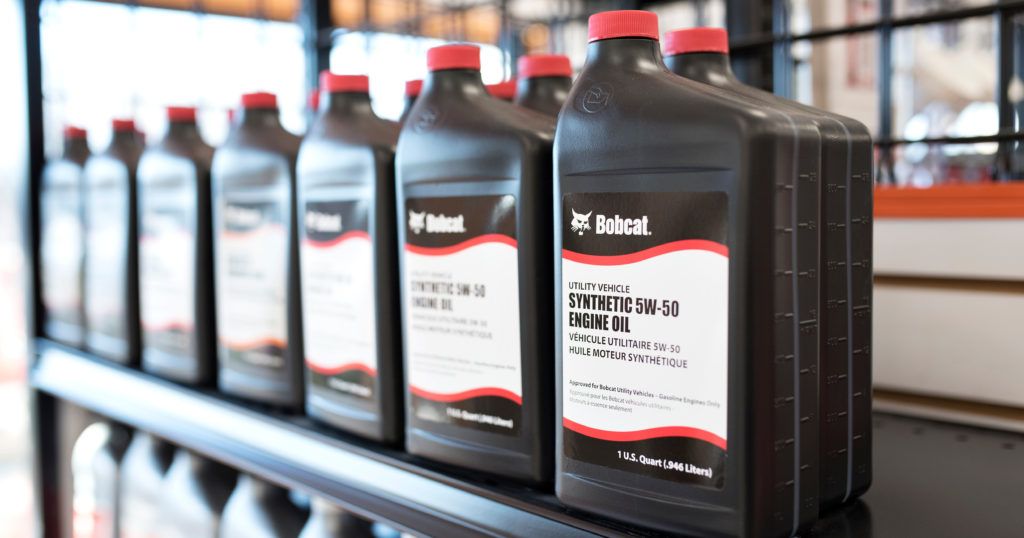Both owners and mechanics have developed superstitions over the years, some of these beliefs have a basis in truth, others are just foolishness. We go deep into the "no malarky tour" today to expose truth from fiction.
Here are 15 things about cars that have some basis in fact, but may or may not apply depending on the circumstances. There were times when some of these things were actually true, based on circumstances and technology, other times information that was shared among people was simply false. There is as much witchcraft in tales of maintenance as there is cheating, tomfoolery, and voodoo in racing. Names like Grumpy Jenkins, Bill Miller, Smokey Yunick, Richard Petty and many others helped spread some of this information erroneously. Other times the sales literature or car manufacturers themselves would give out advice that might stretch the truth.
16 Battery On Floor
Never leave a car battery on the ground or on the shop floor without using something as an isolator between the battery and the ground. This was true when batteries were made of rubber covered wood with a tar-top seal. There was a certain amount of electrical current that would leak through the porous parts of the case and the battery would slowly drain its charge. Today with plastic cases, it's been tested over and over and proven that having something between the ground and battery makes no difference, with maybe the exception of slowing battery freezing in the cold by reducing contact.
15 Never Drive A Cold Car
Wait up to 10 minutes in cold weather after starting the engine before putting the car in gear and driving away after a cold start. This is partly true on a carbureted vehicle, as the engine runs more smoothly without the choke being partially open/closed. The same is the case for motorcycles and small engines when using a carburetor, however, fuel-injected vehicles should be able to drive away smoothly after waiting a short time for the engine oil to properly flow throughout the engine, to prevent excess wear. It is however nice to have heat available to the cabin by waiting until the engine is fully warmed up, but not necessary to the car.
14 Miracle Stop Smoke Additive
Adding oil additives will reduce or stop an engine from smoking when it is high mileage. This was partially true when engines had cast-iron rings and smaller valve-stem seals before the mid-1980s. These engines were designed in an era before oil consumption was a serious consideration in design. As a matter of fact, it once was considered healthy for an engine to use a quart of oil every 3,000 miles. They were designed that way. As those older engines wore, the marginal valve-stem oil seals hardened and even more oil passed through them. Certain aftermarket chemicals added to the oil could partially soften the oil seals, making them more pliant and slowing oil usage. Other additives could control oil slinging off of critical parts in gear-trains in engines and transmissions in older vehicles, in theory adding life to those components.
13 Disconnecting Battery While Running
You can disconnect a battery from a running car and the alternator will keep it running. This really isn't true with a vehicle that has an electronically controlled alternator. 1 of 2 things will happen if you do this on a modern vehicle: 1) if you are lucky the vehicle will sputter to a stop as the computer and charging system will lose their ability to read proper voltage from sensors and will default to stopping running 2) You will seriously damage the alternator, it's voltage regulator and diode trio. The old generator and mechanical regulator charging systems could withstand that kind of misuse because they were simple and using moving parts to regulate current, not solid-state electronics such as today's units.
12 30 Horsepower Chip
You can add serious horsepower by simply putting in a different E-Prom Chip. This isn't true at all unless the engine came restricted from its maximum potential by the factory. There have been a few models that were dialed back for warranty reasons and longevity, but in most cases without internal modifications or forced induction, there are only modest gains to be made by swapping chips. Newer vehicles have permanently installed computer chips and if a tuner requires modification to unlock power he/she has to re-flash the parameters via a hand-held unit designed to change the engine parameters such as timing, boost level, maximum r.p.m., shift-points, fuel curve etc.
11 Fuel Economy Conspiracy
The car manufacturers and the oil companies worked in cahoots to hold back fuel economy until the government made them increase the fuel economy. This is only partially true! When fuel in North America was cheaper than an equal gallon or liter of milk, there was not the incentive to increase mileage. Car engines got bigger as cars got heavier until 2 oil embargos and the rise in pricing forced buyers to reconsider the importance of fuel economy. Also, the earlier emissions control designs were rushed to market to meet smog rules and the engine efficiency suffered for a few years through trial and error until the designs got better. Designs got better mainly due to computers being included in design after the late '70s, so engineering got better, cars gained overdrive and the bodies got lighter.
10 Small Cars Kill You
Small cars aren't safe in accidents. Not true at all. There are many modern designs that are small and light, yet the occupants remain safe when involved in a collision or roll-over. So long as the vehicle is designed to modern safety standards and practices, the seat belts well maintained and the airbags work, there are many small cars that have much better outcomes for the occupants than yesterday's dinosaur. There were econoboxes from bygone eras that were death traps. There were also large size cars and trucks from earlier times that were equally as deadly.
9 Infamous Thrown Clear Myth
It's better not to wear seatbelts because you are better off being thrown clear from the accident than being crushed and trapped inside of it. This was never the case, even in older cars without modern safety glass and which had little roll-over protection and no soft surfaces in the interior, the occupants were much more likely to survive incidents when being belted in the vehicle. Death and accident statistics from the mid-1950s until the present have borne this out every year when they are studied. Prior to the 1950s cars didn't come with seatbelts and speeds that seldom injure modern occupants quite often killed or maimed the occupants, because they were either thrown around the car violently or thrown from the car at several times the force of gravity, thus crushing them internally.
8 Sweeten Up Your Fuel
Sugar poured in the gas tank will destroy a car engine. Nope! It never was true! It will, however (possibly but not always) stop the vehicle from running until the sugar-clogged fuel filter, fuel strainer, and possibly the pump are changed due to being gummed up. It was worse in carbureted cars, as sometimes it could foul the jets, but usually, just the filter/straining components were damaged. Score one for the good guys!
7 Always Use Exactly 32 P.S.I.
You should always use the recommended air pressure in tires. Under average conditions with typical loads, this is the case. However, if you are heavily loaded or have an abnormal tongue weight while towing, it is advisable by most tire manufacturers to increase the pressure until the tires return to a round shape if they are sagging with normal pressure. You can find this in many maintenance books and videos. Of course, you should not overload a vehicle or its tires as it could be dangerous or damage the vehicle or equipment.
6 Inner Tube Taboo Myth
You should never use an inner tube in a modern tire. This is mostly true. There are times when it's o.k. to use them. Cases, where a puncture in the tread won't entirely seal with a plug, is the usual reason. There are also a few bias-ply tires still being produced for light truck wheels in unpopular sizes, that can be assembled with or without tubes when replacement tires are installed. Mechanics and tire techs are told this is always a no-no. That is mainly a 1 size fits all answer, it's not true all the time.
5 I'm Safer Because Other Vehicles Can Hear My Loud Exhaust
Loud pipes save lives. Um, no, and open exhaust pipes without mufflers are obnoxious. If anything, open exhaust can startle an unprepared operator in another vehicle thus causing them to do irrational things while operating the vehicle from the sudden shock of encountering a loud blast near their ear. An exhaust system a little louder than a stock exhaust can sound good under certain conditions but generally, it's just obnoxious and should be saved for off-road competition usage. If the crank has a 180-degree throw such as most 4s, some 6s and 8s it just sounds offensive and painful to be near.
4 Lead Added To Fuel To Kill Early Fuel Economy Technology
The oil companies added lead to the gasoline to prevent the "Pogue Carburetor" from coming to market and thus cars were never allowed to get the 80 plus miles per gallon that would have been attainable. Lead could have fouled the Pogue System as the Pogue required the gasoline to transition from a liquid to an invisible vapor to take advantage of the fuel economy benefits to this system. However, there were many factors involved in fuel efficiency and that is only one of them. There have been vapor-fuel test vehicles that proved to get well above 80 miles per gallon on the highway when driving by themselves at a constant speed, none of them could meter their speed to be useable for normal conditions. Modern direct injection gasoline engines basically take advantage of the same principles that gave "the Pogue" better fuel economy, mainly by using a much leaner ratio at cruise and turning the fuel into a vapor when it comes through the injector, and the mileage is roughly 30% better than a similar-sized engine of equal output that has other forms of fuel injection. Still not the claimed 80-200 miles per gallon in a practical car.
3 Your Diesel Engine Has Stolen My Future Myth
Diesel-powered vehicles are worse for the environment than gas-powered vehicles. Nope! But they do differ in types of pollutants. Diesel engines usually emit more particulate emissions (black fog) than gasoline engines without emissions controls, but gasoline engines supposedly emit more greenhouse gases such as CO2 when operating. Modern regulated diesel engines have a pretty good handle on particulate emissions and have drastically checked the amount of oxides of nitrogen that were causes of smog from older engines. Diesel-powered vehicles average around 1/3 more miles per gallon then equally positioned gas-powered equivalents.
2 If You Don't Change Your Oil Every 3,000 Miles Your Car Will Die
You should always change the oil in a car engine every 3,000 miles or sooner. That was once true as an average safe interval, but even in the old days, it wasn't necessarily true. Today's modern engines can sometimes double that interval, depending on design and usage. Since there is no longer a serious profit incentive for the manufacturers to have their service departments change the oil so often, many car manufacturers recommend longer intervals. Simply look at the owner's manual or a credible shop manual for that model and follow its recommendation for oil and filter change intervals.
1 Definite Maybe, Strange But True (bonus truth or consequence)
When it comes to going fast, "there is no replacement for displacement." Anyone unlucky enough to have owned a production car or truck with a Ford 429, 460 or a Cadillac 500 engine might not agree bigger is better. After 1972 they could only be described as "adequate power." They sure couldn't pass a fuel stop very often despite the lack of motive force. Going fast is about lots of things, not just getting the biggest engine size. There are more than a few racers who found out the hard way, after they invested thousands of hours and dollars into building specialty raised deck height engines to increase displacement that the care didn't run any faster, mostly due to the flame speed of the fuel they used not being in proportion to the long stroke. In other words, the extra stroke wasn't doing any work. Lightweight, good breathing, forced induction, traction are all elements of winning races. If it weren't so, then 600 c.c. sport bikes wouldn't run circles around 1800 c.c. power cruisers, but they do, because they are built for different purposes.


